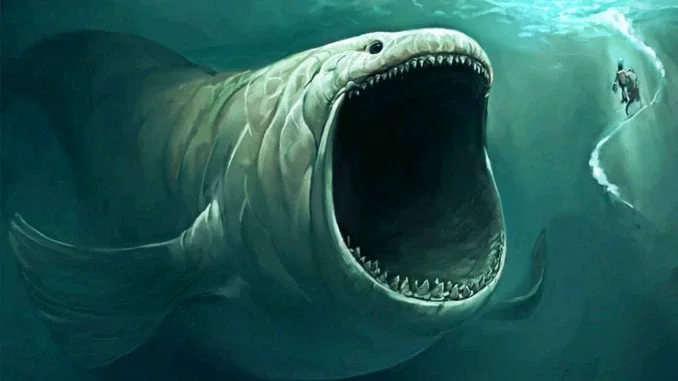
1. 203 million years ago, plesiosaurs ruled the earth.
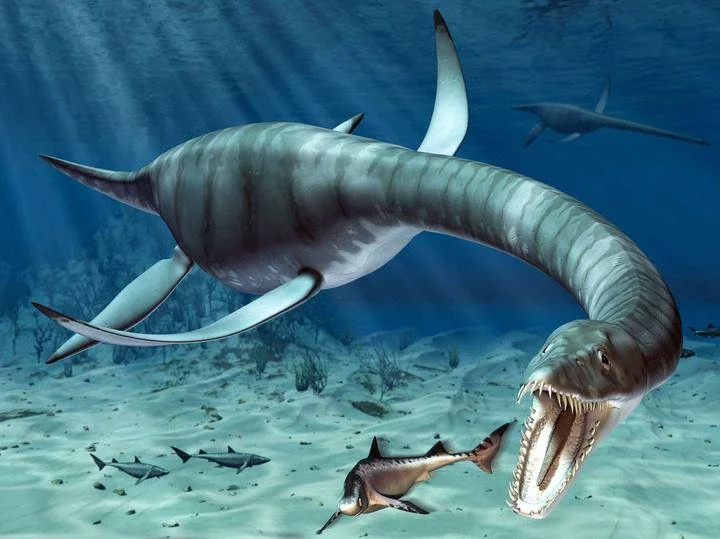
During the Jurassic period, the oceans were governed by a group of prehistoric sea monsters called plesiosaurs. These aquatic reptiles resembled the legend of the Loch Ness Monster in that they had big bodies but small heads when they were swimming. They use their limbs as paddles to push themselves through the water as they hunt for fish, other reptiles, and turtles. There were essentially two different kinds of plesiosaurs. Plesiosauromorphs were animals that moved slowly and had extraordinarily long necks, whereas pliosauromorphs were top-level predators with short necks that were able to run down their prey at rapid speeds. The plesiosaur possesses all of the characteristics that one would anticipate from a prehistoric sea monster, including a length of up to 40 feet and long, pointed teeth. In spite of the fact that it appeared in, scientists believe that the Plesiosaur was a caring father who built deep social relationships.
2. Helicoprion: approximately 290 million years in the past
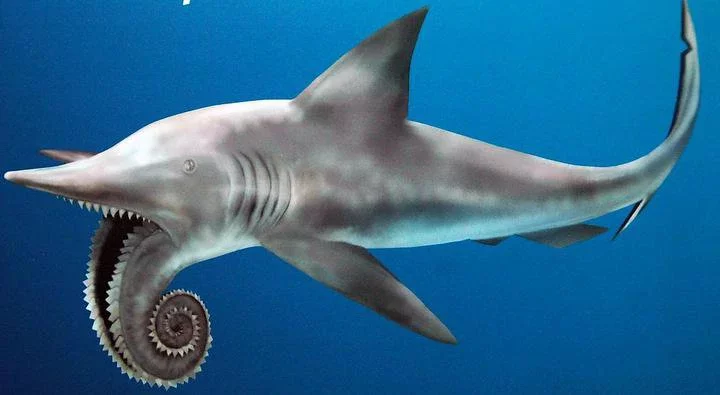
The spiral of elongated teeth, or spines, found at the apex of this extinct sea creature's lower jaw is both the most stunning and unsettling characteristic of this extinct marine organism. Because of this strange occurrence, the Helicoprion appears to have a circular saw that is 290 million years old stuck in its mouth. Heliocoprion belonged to the larger group of sea rats and is thought to have subsisted on squid and "other soft-bodied cephalopods." Despite its resemblance to a shark, Heliocoprion was actually a type of sea rat. It relied on the rotational motion of its spiral teeth to attract prey into its mouth because it lacked teeth in its upper jaw, which allowed it to chew food more efficiently. The jaw of the heliocoprion was two feet wide and contained monstrous saw-like teeth. The heliocoprion grew to be over 26 feet in length. In light of this information, I believe it to be one of the most terrifying prehistoric marine animals that has ever been found.
3. Megalodon, which lived approximately 3.6 million years ago:
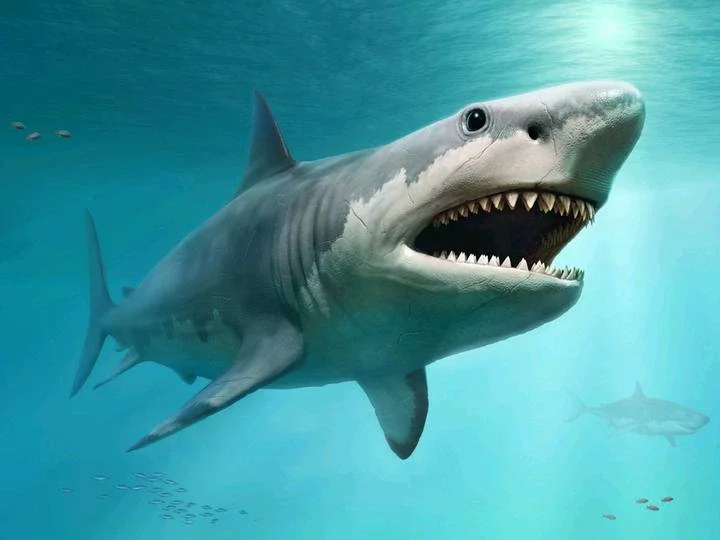
While most of us have never heard of a heliokoprion, the basking shark, which formerly dominated our waters, is much more well-known, even if this is largely due to the fact that it was featured in the horror movie The Meg, which was released in 2018. The megalodon is frequently portrayed as a larger version of the great white shark; however, experts confess that they know very little about its appearance other than the fact that it is a "huge, gigantic shark" that possessed numerous large teeth. There are several people who are seemingly determined to prove that this prehistoric marine creature is still alive, but scientists are convinced that the species became extinct around 3.6 million years ago. Because the Megalodon was a cartilaginous species, neither its skeleton nor any complete fossils have been discovered. According to the size of the teeth, the length of the animal is estimated to have been between 49 and 60 feet. That is a staggering three times larger than the greatest great white shark that has ever been documented.
4.66 million years ago, the time of the Tylosaurus:
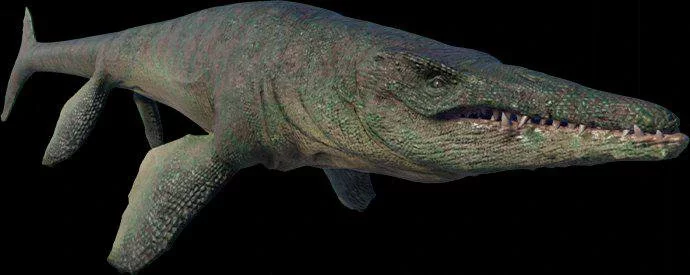
The Tylosaurus evolved a peculiar method of hunting, which consisted of "using brute power to ram prey at rapid speeds." The fossilized contents of these sea monsters' stomachs demonstrate that their diets consisted of a wide variety of foods, such as fish, sharks, different types of mosasaurs, and flightless birds. The three known species of Tylosaurus, including Tylosaurus proriger, went extinct in the Cretaceous mass extinction that occurred at the end of the Cretaceous period. This event caused the extinction of many other species of dinosaurs and reptiles as well.
5. Mosasaurus - 66 million years ago:
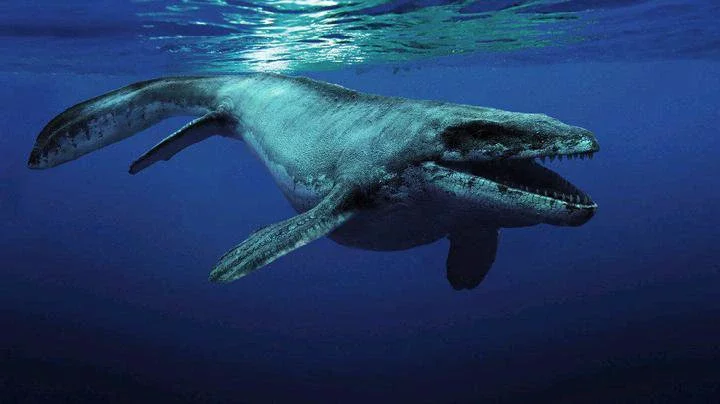
Mosasaurus was a formidable marine predator that was closely related to Tylosarus that lived during the Jurassic period. With a length of more than 17 meters (nearly 55 feet), the Mosasaurus was the longest member of the Mosasaurus family. Mosasaurs were the dominant species in the oceans, while dinosaurs roamed the land, seeking out enormous prey and ripping them to shreds before devouring them. They had a second pair of palatine teeth on the palate, similar to those found on other reptiles, and they employed these teeth to keep their prey from escaping. It is believed that mosasaurs initially moved through the water in a manner similar to that of an eel, but during time, they developed tails similar to those of sharks as well as powerful "paddle-shaped front legs" that helped them to capture prey that was moving quickly. During the most recent occurrence of global extinction on a mass scale, Mosasaurus and a great number of other species went extinct.
6. Basilosaurus - 40 million years ago:
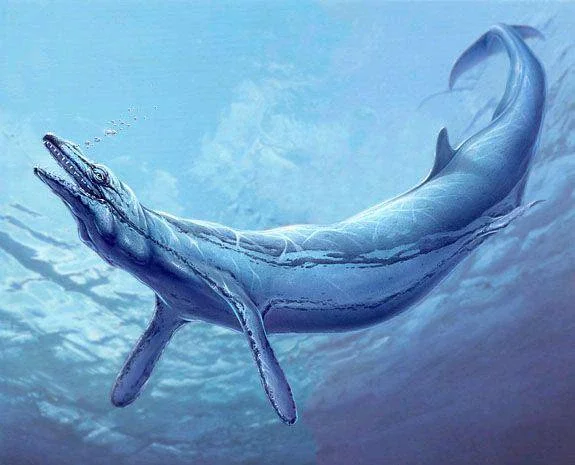
Basilosaurus is a misleading name for this prehistoric sea creature because it was originally thought to be a giant marine reptile similar to Mosasaurus. As a result, it was given the name Basilosaurus, which means "lizard" or "king." It was eventually determined to be a unique species of ancient predatory whales that lived during the late Eocene period when they were seen roaming the waters. Basilosaurus was about 20 meters long and had a remarkably graceful appearance for an animal of its size. It was an ancestor of the giant sperm whale.

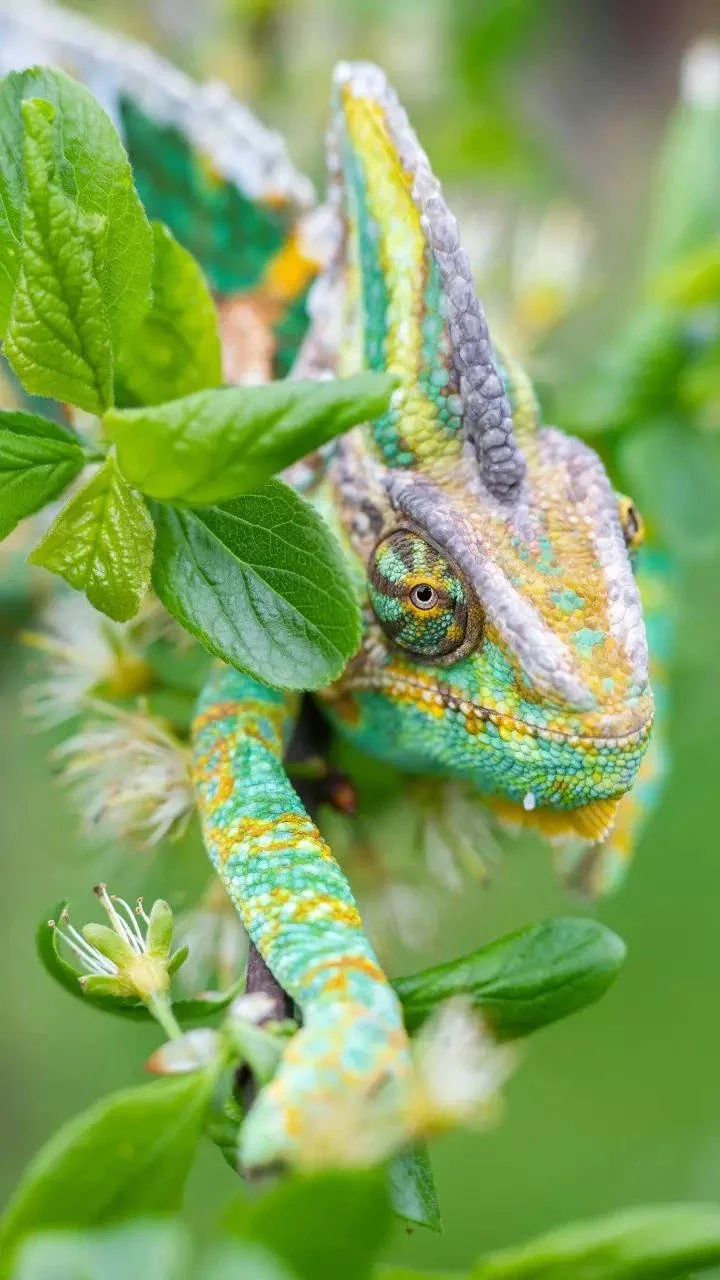
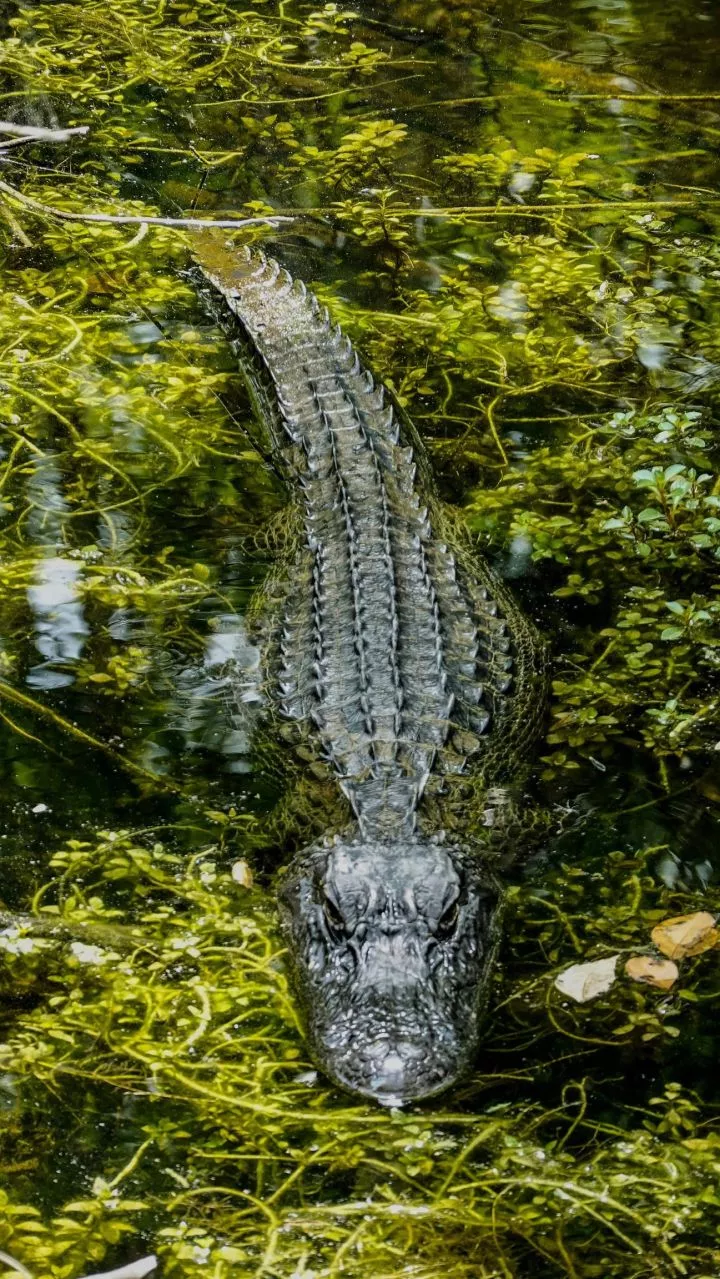
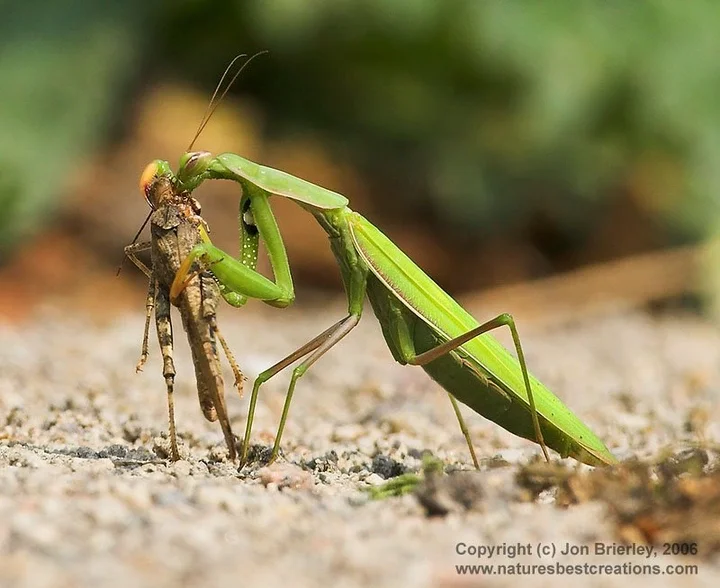
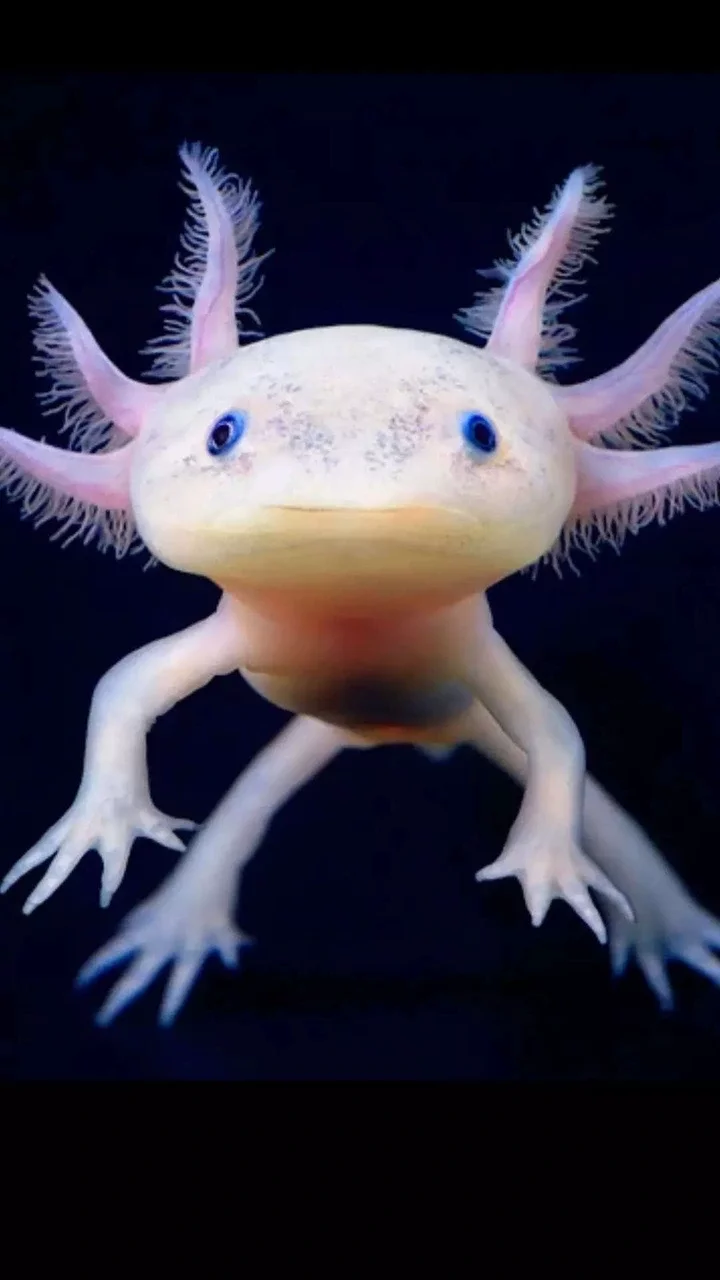
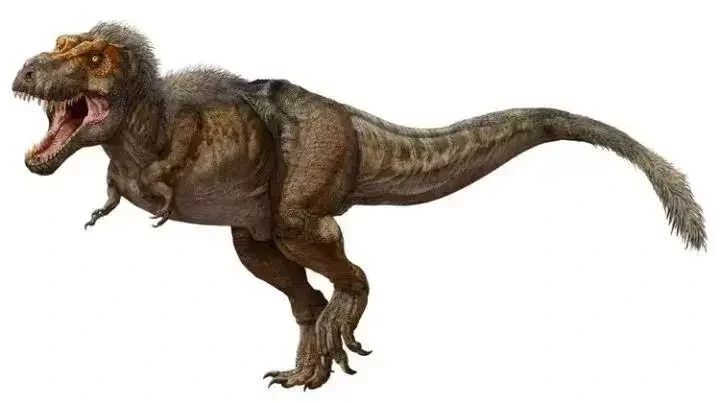









Comments